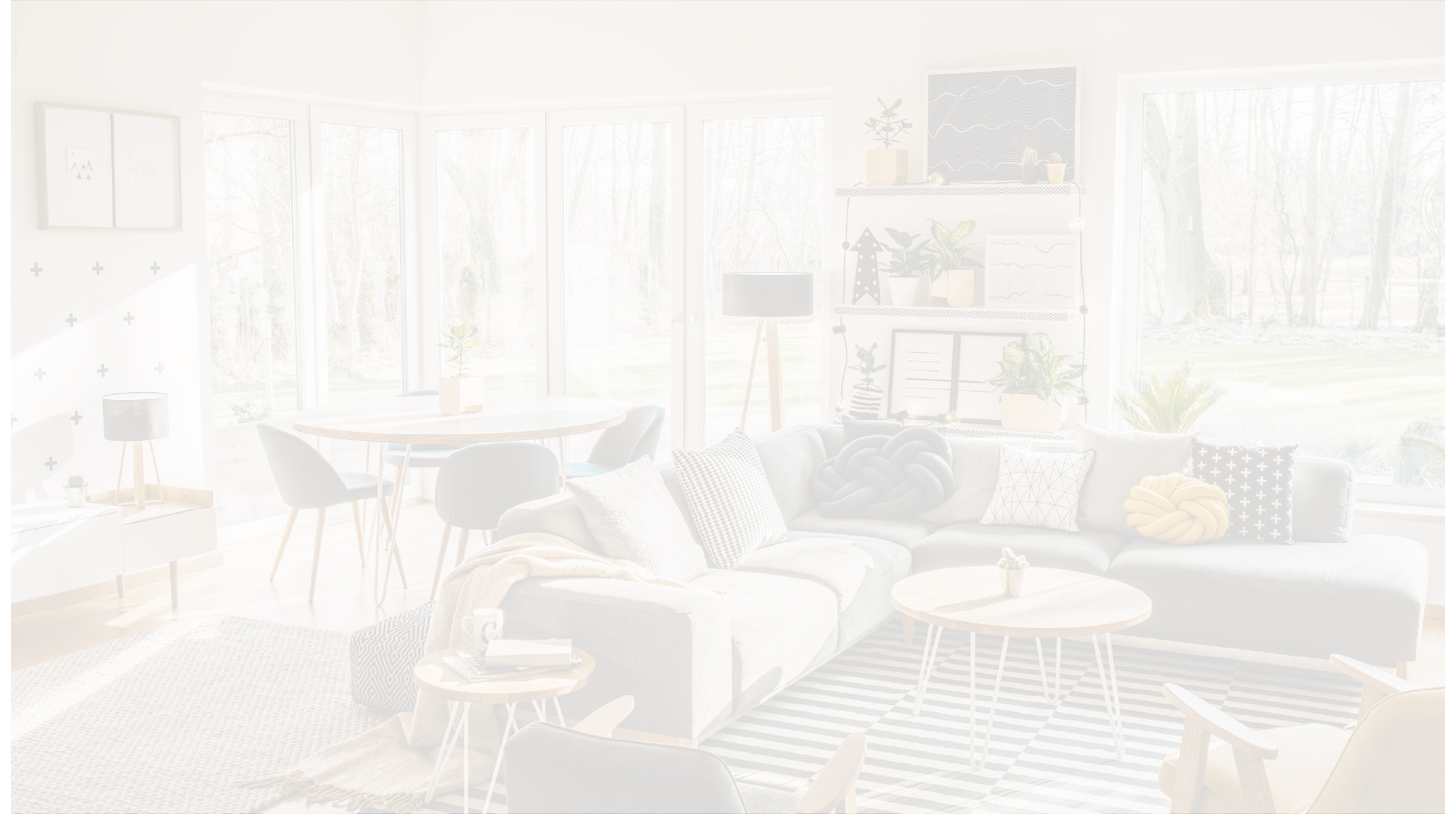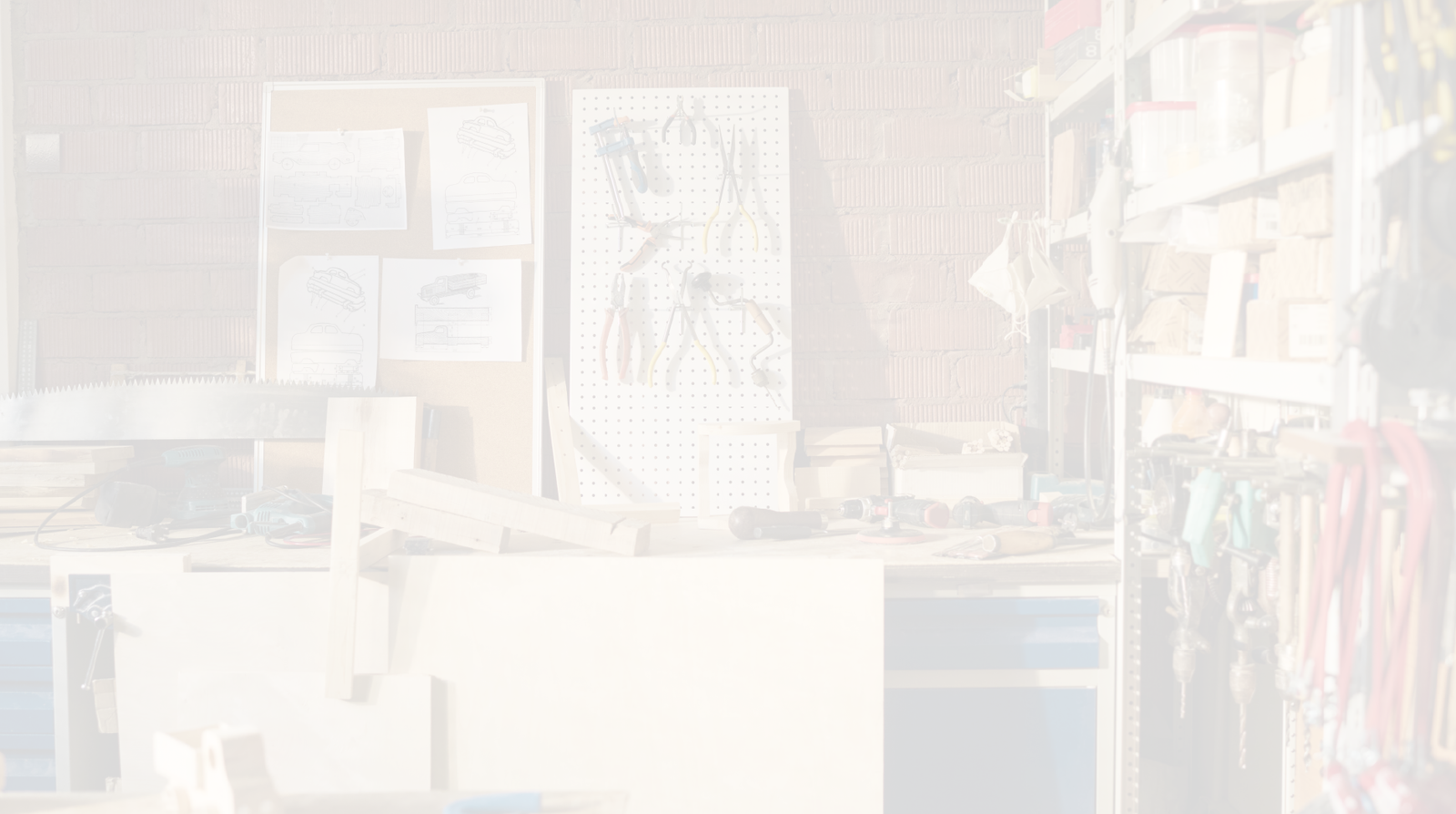As kids shake off their summer daze and gear up for a new school year, teachers are doing their own kind of prep: revisiting lesson plans, refining activities, and resetting their classrooms for a fresh start. After all, the classroom is the heart of the learning experience and goes beyond desks and chairs.

Much has been said about how our surroundings influence our mood, focus, and overall well-being. Interior designers regularly lean on the psychology of space to create environments that support both function and comfort. The same principles apply to classrooms. Elements like natural light, good acoustics, and flexible layouts all play a key role in shaping a space that helps students stay engaged and ready to learn.
Of course, many of these environmental upgrades fall outside a single teacher’s control, but that doesn’t stop educators from making the most of what they can influence. Primary school classrooms serve as the best site for examples of this creativity – the teachers are masters in organizing a classroom on a budget and turning limited space into something magical, organized, and student-friendly.
If you're looking for cheap classroom storage solutions to keep your classroom tidy, efficient, and inspiring this year, here are some creative DIY storage ideas to get you started.
Smart Classroom Storage Hacks Every Teacher Needs

Trying to stay on top of daily materials and activities for multiple subjects? A modular storage format is one of the most efficient small classroom organization methods. Use bins, trays, or crates to organize items by subject, day, or theme. Clear labels and easy access make this an ideal system for managing the classroom chaos without constant reshuffling.

We suggest: Cleats
Pegboards are a favorite for a reason: they’re endlessly customizable. Hang scissors, markers, and other tools to free up your desk space. These types of wall organizers are perfect for a classroom’s little craft or supplies corner.
Want a sturdier setup? Add French cleats (aluminum brackets that can support up to 750 lbs) for extra durability. They're ideal for classrooms that need adaptable, wall-mounted storage that won’t quit mid-year.
We suggest: Clip-It Strip
Create a designated homework wall using a clip-it strip system. A clip-it strip is a long bar with clips attached, allowing you to attach important papers, display student artwork, keep track of assignments, or even post important reminders for the class. It’s a fun, simple, and inexpensive way to keep everyone on track while adding an organized touch to your classroom.

We suggest: Brass Hooks
Here’s an idea for a fun craft afternoon alone or even with your students and have something functional by the end of it: macrame. It’s a well-known craft that can be adapted for several uses, and it’s especially a popular choice for DIY decor and storage ideas because they need minimal materials: rope/yarn, wooden dowels, your hands, and maybe some wooden beads for embellishment.
This wall hanging by BeanDaikon uses books as stylish decor, perfect for showcasing them in your classroom reading nook. Just make sure to use sturdy wall hooks if you're going to be hanging multiple books!

Mailboxes or pigeonholes are a fantastic paper management system for keeping up with activities or giving out assignments. You can repurpose old wooden boxes, crates, or, as the photo above, baskets. Label each slot with names or activities.

Shoe organizers are one of the best-kept classroom storage secrets. Hang them on a closet door using hooks, and assign each pocket to a different item - calculators, glue sticks, flashcards, or even student rewards. It’s a no-drill, budget-friendly hack that works in any grade level.

Mount vertical file organizers to the wall or side of your desk for extra document storage. Stick them up with adhesive hooks or push pins for a damage-free solution. These organizers are great for handouts, permission slips, or quick-access forms.

This clever clothes-hanger storage method is quickly gaining popularity, and for good reason. It makes the most of unused corners and wall space, and uses hangers to keep materials flat and wrinkle-free. It’s an ideal solution for organizing games, maps, magazines, and activity references. Use a ziploc bag to keep them fresh and tidy.

Rolling carts are the MVP of flexible classroom organization. Use one for filing purposes, another for art materials, or dedicate a cart to tech items like tablets and chargers. Add dividers or small bins inside for even more organization. When you’re done, just roll it out of the way.
Bonus: Smart Hardware Fixes for a Longer-Lasting Setup
Classroom furniture can take a beating over time, and chairs are no exception. To extend the life of your classroom chairs and prevent wobbling, consider addingmetal frame corners for reinforcement. These can be easily attached to the base of the chair legs, providing additional stability and preventing wear and tear from constant use.
This simple DIY project not only adds durability to your furniture but also ensures that the classroom remains safe for students to use.
Drawer glides are a small but incredibly useful addition to classroom furniture. If you have existing drawers that tend to get stuck or don’t open smoothly, adding new glides will help keep them functioning properly. Once the glides are installed, organize craft supplies such as glue, scissors, crayons, and colored pencils into separate drawer organizers. Use small containers, dividers, or even old egg cartons to keep everything neatly separated.
This solution is perfect for keeping your supplies in one place and reducing the clutter on your desk or workspace.
Desks, shelves, and chairs that shift around can cause scuffed floors and general wear over time. A straightforward fix is to attach furniture leveling feet to the bottoms of your classroom pieces. These adjustable feet help compensate for uneven surfaces, keeping everything balanced and securely in place.
Besides preventing annoying wobbles, they also help protect floors from scrapes and damage, especially if your classroom sees frequent rearranging. It’s a subtle upgrade that goes a long way in preserving your furniture and flooring.
Final Thoughts
A well-organized classroom isn’t just nice to look at; it supports better learning, smoother and more efficient routines, and a calmer day for everyone involved. With these creative, budget-conscious DIY ideas, you can give your classroom a back-to-school refresh that works for your teaching style all year long.









Leave a comment (all fields required)